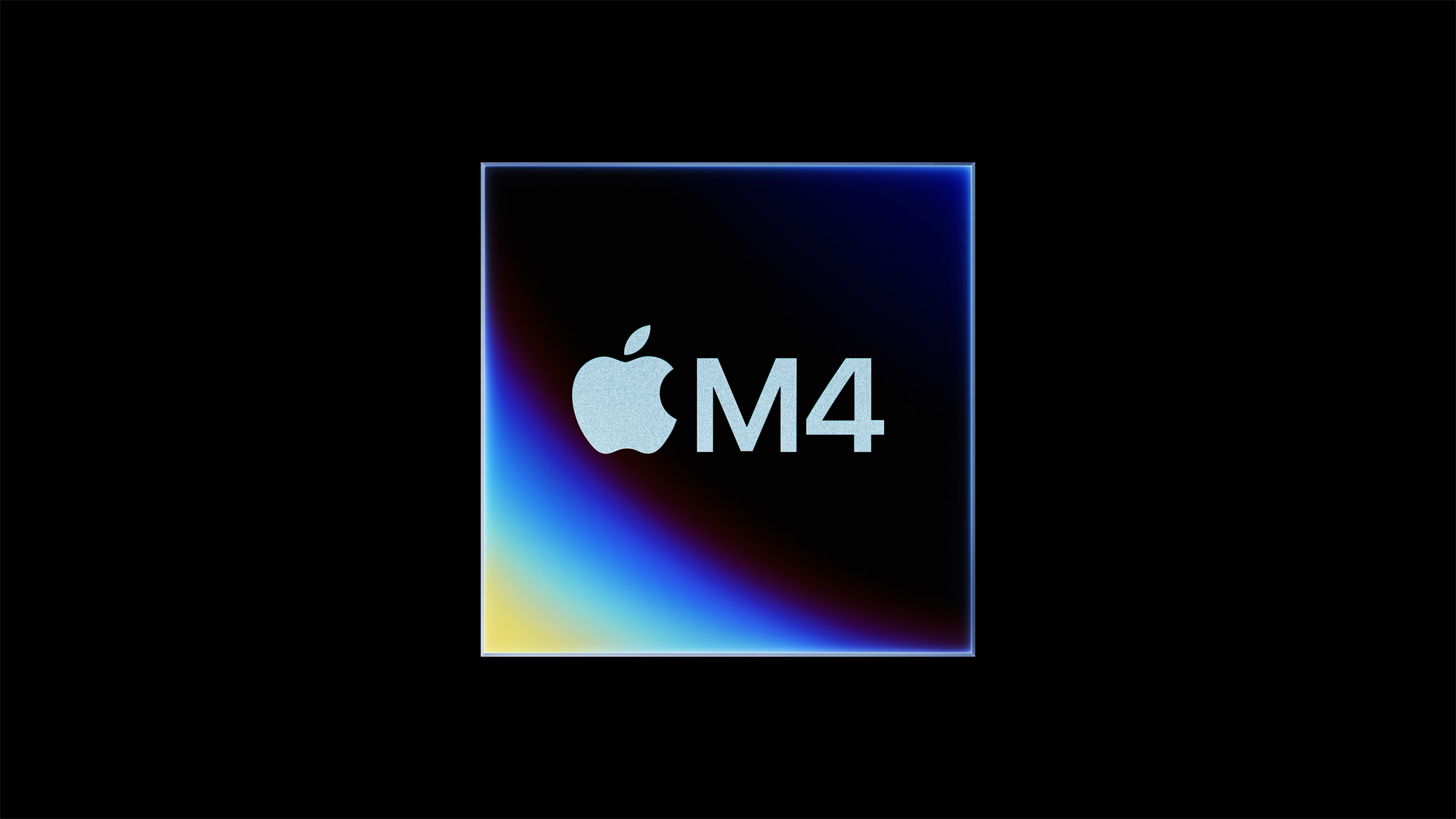iPad updates and outlook
There were three takeaways from the event related to the iPad:
- The iPad has been struggling (sales over the past 10 quarters have been down an average of about 8% y/y). Going forward, I expect sales over the next few years to be down by about 2% y/y.
- Overall, iPad represents 7% of sales, and will likely climb to 8% over the next 12 months after today’s updates, and then decline after that. The reason is the upgrade cycle of an iPad is longer because it’s used less, and the updates have been modest (last update was the Dec-22 when sales jumped 30% then went negative 13% in Mar-23). That said, over the next two years, the segment will likely decline by about 2%.
- The iPad Pro, which accounts for just under 2% of total revenue, got a 18%-20% price increase. If Pro volumes remain unchanged, the price increase would add about $1.3B to sales over the next 12 months, which equates to increasing the overall growth of the company by 0.2%. That’s a small number, but welcome given overall company revenue growth is now just turning positive.
- Pricing for the 11 inch went from $799 to $999 (20%), and from $1099 to $1299 (18%) for the 13 inch base models.
- Updates to the Pro models included a sleeker design, thinner and lighter (thinnest Apple product ever), more advanced display, and the new M4 chip (Pro jumps from M2 to M4).
- My take: Apple is pushing the iPad Pro as a Pro product for AI, video, and audio production for two reasons. 1) To appeal to pros and 2) to remind consumers that Apple makes the best tablets.
- The iPad Air now has 2 sizes for the first time, the standard 11 inch and now the larger 13 inch model. Additionally, both models added the 512GB and 1TB storage options.
- Pricing remained the same for the 11 inch model, starting at $599. The 13 inch model will start at $799.
- My take: Consumers now have a more mainstream option for a 13 inch iPad. Before you had to buy iPad Pro 13 inch for $1,099. Now the Air 13 inch starts at $799.

